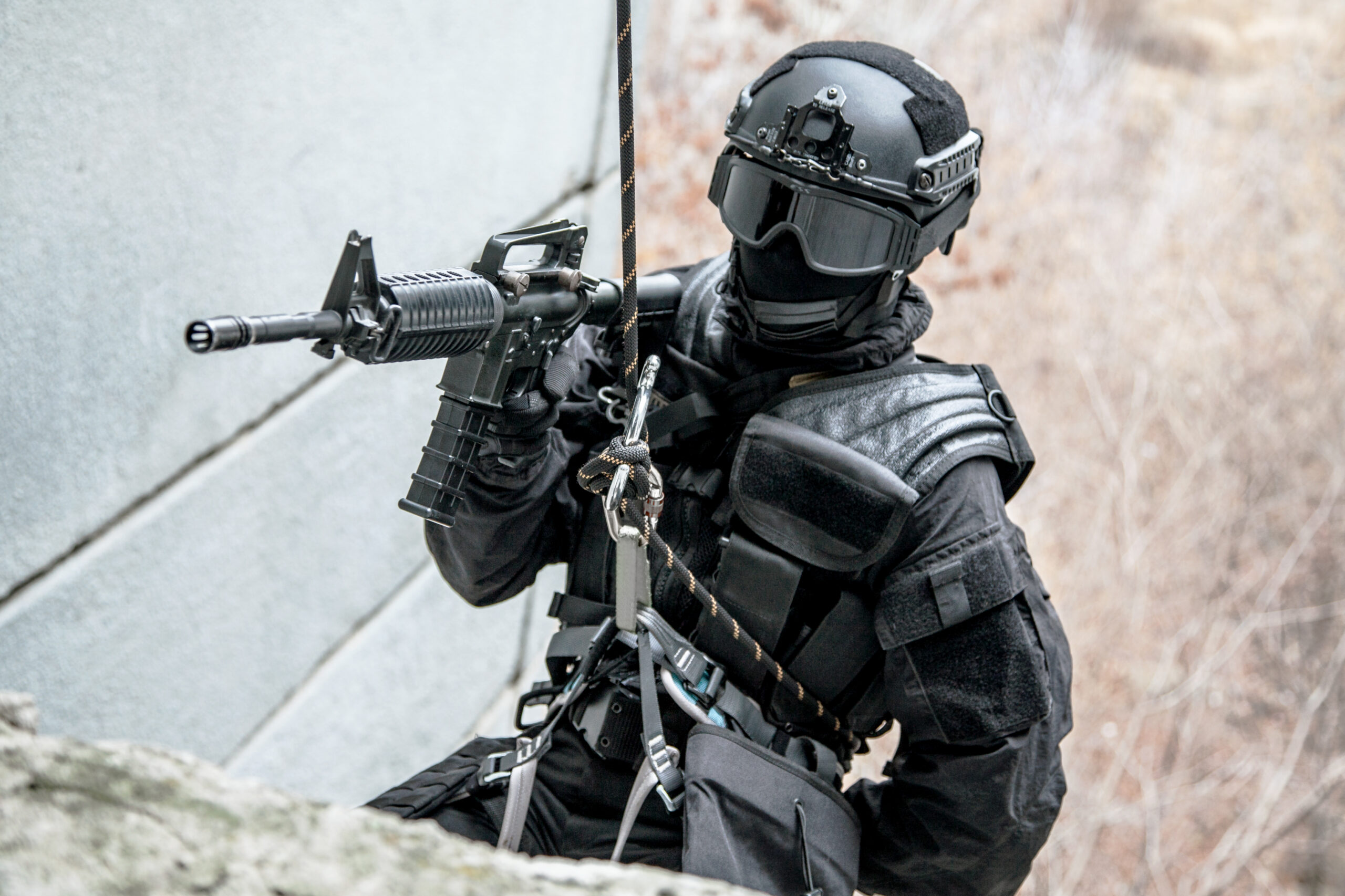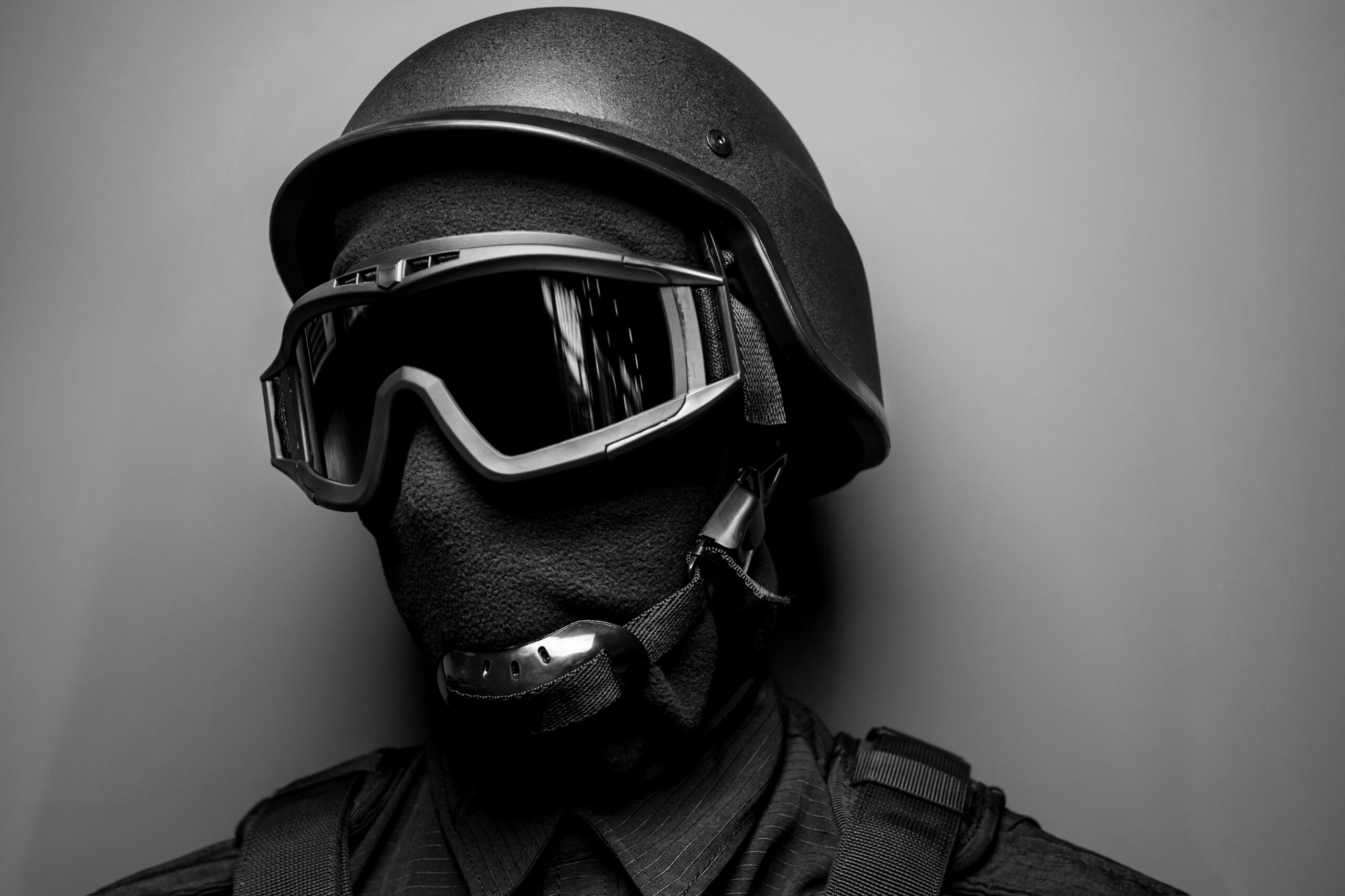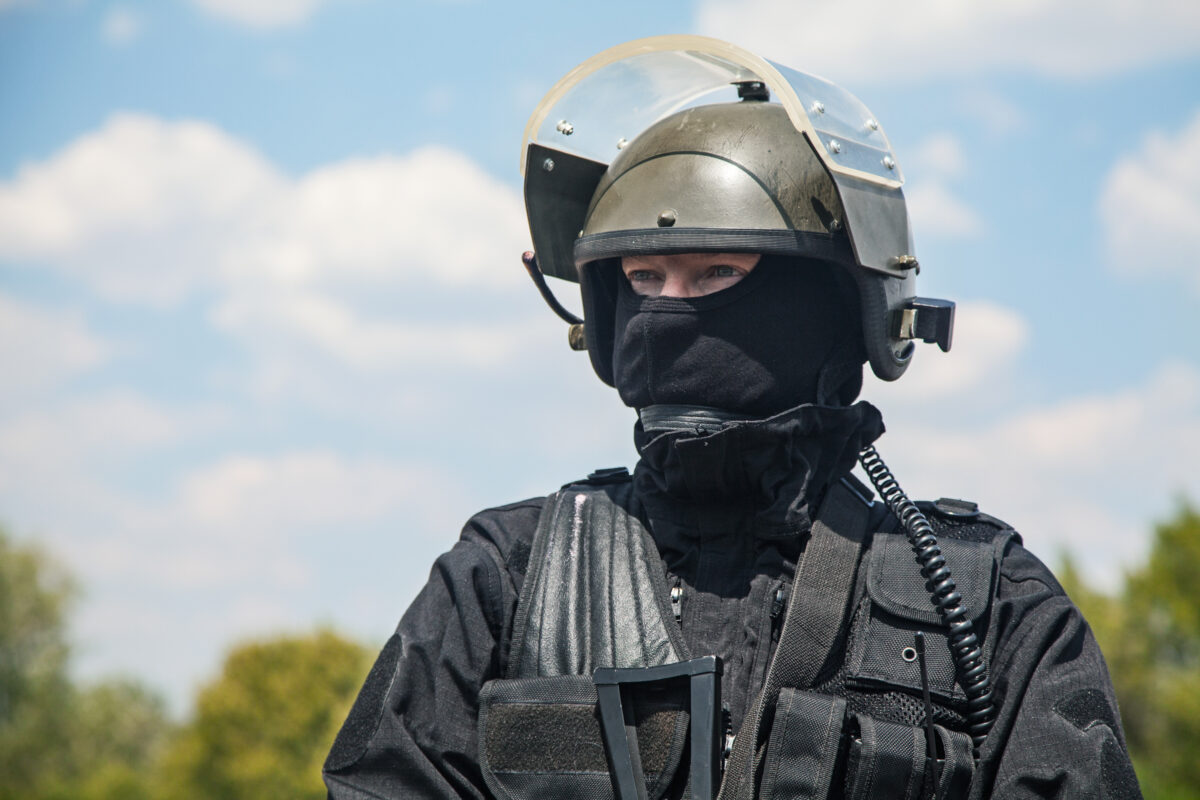No products in the cart.
How To
What is a Ballistic Helmet?
Ballistic helmets can be lifesavers in a wide variety of high-risk and dangerous situations. Given that they protect your most vulnerable area, your head, it’s no wonder questions about ballistic helmets are among our most frequently asked.
At The Survival Island, we’re a team of highly seasoned wilderness and survival experts from a variety of backgrounds. So, we’ve compiled this guide to tell you everything you need to know about ballistic helmets, including how much protection they offer and how much they cost.
What Are Ballistic Helmets for?
Ballistic helmets are designed to shield the wearer’s head and skull from projectiles including bullets, knives and shrapnel. They also reduce the impact of blunt-force traumas.
These helmets aren’t just designed to stop bullets and objects; they absorb the impact of the force and distribute it evenly around the helmet to minimise the harm to you. Nevertheless, you can expect a headache at the minimum if you take a hit.
Who Uses Bulletproof Helmets?
Generally, bulletproof helmets are worn by armed police and military units in high-risk situations, but they’re also used under certain circumstances by security personnel and professionals such as journalists.
In some cases, civilians might wish to wear bulletproof helmets for purposes of protection. Check the law in your area before doing so. Some countries ban them outright while others have either no or few limitations.
What Is a Ballistic Helmet Made of?
Ballistic helmets are made from advanced materials such as carbon-reinforced Kevlar and ultra-high-molecular-weight polyethylene (UHMWPE), which can be strong enough to withstand high-calibre handgun rounds while still light enough for you to wear comfortably. You can also find ballistic helmets fitted with metal plates in specific places, though this adds to the weight and may reduce your stamina in the field.

How Effective Are Ballistic Helmets?
While modern helmets are extremely effective and reliable, they significantly improve safety rather than guarantee it. Even if a helmet prevents a bullet from reaching your head, the impact of blunt-force trauma can still prove fateful. You’ll need skills and honed intuition to get the most from your helmet in a dangerous situation – best not to assume you’re prepared to face one due to the helmet alone.
How Do I Know a Helmet Is Reliable?
Most reputable helmets are certified by governing bodies such as the USA’s National Institute of Justice (NIJ). One of the NIJ’s tasks is to evaluate the safety and effectiveness of personal protective equipment such as ballistic helmets through rigorous testing, such as being exposed to extreme temperature fluctuations to ensure they retain their defensive capabilities.
The NIJ has five categories for items of body armour, ascending from Level IIA to Level IV in order of increasing defensive capabilities. However, due to weight and usability restrictions, almost all helmets fall into the category of Level IIIA, which means they have been tested to withstand high-calibre handgun rounds such as .44 Magnum and .357 Sig.
Are Ballistic Helmets Legal?
The legality of ballistic helmets differs by nation, state and locality in some cases. For example, only those with a violent felony are prohibited from buying and using ballistic helmets at the federal level in the USA, but states like NY impose much stricter restrictions, usually limiting them to professionals like the police.
In practice, while anybody can apply for a license to buy a ballistic helmet in Australia, only those in professions that can prove their necessity are approved.
Canada’s federal laws permit just about anybody with a firearms license to wear any type of body armour, though supplementary laws at the state and provincial level can limit their use.
The UK currently has no laws restricting the use of body armour or bulletproof helmets. However, like elsewhere, the penalties can be more severe if an individual wears armour to commit a crime.

How Should a Bulletproof Helmet Fit?
When fitting your bulletproof helmet, make sure it feels snug. The helmet shouldn’t wobble, but you shouldn’t feel too much pressure on your head. Position-wise, the front rim of the helmet should rest just above your eyebrows.
If the helmet wobbles despite feeling like the correct size, can you adjust the chin straps. The strap should be tight enough to prevent wobbling but also feel non-restrictive. Make sure you can still fit one or two fingers between the strap and your chin without requiring too much force.
How Much Does a Ballistic Helmet Cost?
The cost of a ballistic helmet varies depending on factors such as the materials used to make it, its intended use, and its NIJ rating. Almost all helmets are rated NIJ Level IIIA. However, some might display Level IIIA+, which simply means that it’s been tested beyond the NIJ’s minimum limits. However, except for very specialist helmets that aren’t usually commercially available, most helmets officially fall into Level IIIA, and some might have additional capabilities.
You can expect to pay between $200 and $400 for entry-level NIJ IIIA helmets, with mid-tier alternatives offering face protection costing up to $800. The most advanced helmets can cost $900 or more.
How Do I Choose the Right Ballistic Helmet?
When it comes to choosing a helmet, it’s important to balance capabilities with practicality. For example, helmets with full-face coverage might be suitable in situations where there’s plenty of available cover, but it could prove limiting in close-quarter or drawn-out combat situations.
Naturally, investing in a helmet that offers comfort is crucial, particularly if you or your personnel need to wear them for hours or more at a time. You should also consider the type of equipment your helmets need to be compatible with. For example, you may need models that come with mounts for communication equipment or night vision.
Learn More about Our Ballistic Helmets
Here at The Survival Island, we take pride in sourcing the most advanced ballistic helmets on the market from the world’s most innovative manufacturers, and making them available to you at high-value prices. Whether you’re looking to bolster your sense of safety at home or require next-gen helmets to keep your tactical units safe in the face of extreme danger, we’ve got you covered. Browse our range of helmets today or contact us with any questions.

